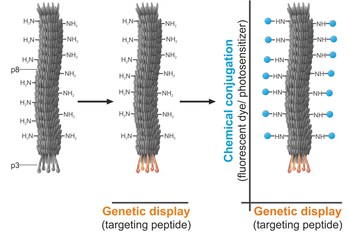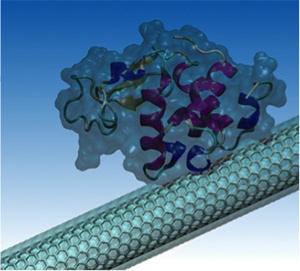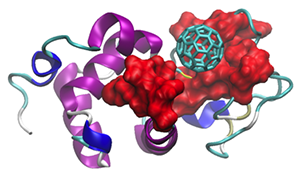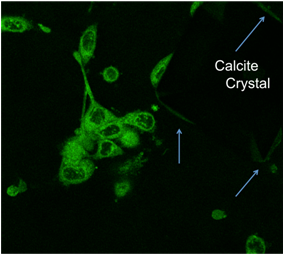
Phage-based bioconjugates as a theranostic platform for cancer treatment
Bacteriophages (phages) can be retargeted, providing a platform for the delivery of therapeutic and imaging agents in cancer therapy. Following an orthogonal nanoarchitectonic approach, targeting ligands and therapeutic effectors can be displayed or conjugated to the chemically and biologically well-defined surface of phages.

Computational bionanotechnology
i) Interaction of biomolecules (protein, DNA, macromolecules, drugs) with carbon nanoparticles
ii) Modelling cellular membrane permation
iii) Reverse docking techniques to analyize systematically interaction between nanoparticles and proteome

Protein-Nanoparticle interactions
Understanding protein–nanoparticle interactions is a key step in nanomedicine and nanotoxicity. Microscopic and spectroscopic techniques are used to investigate their interactions.

Nanomedicine
i) Development of smart drug-delivery systems based on calcite and other naturally derived biomaterials
ii) Synthesis and characterization of innovative scaffolds based on biomaterials doped with carbon nanoparticles to be used in regenerative medicine
iii) Targeted therapies. Synthesis and characterization of theranostic platforms based on proteins

Nanohybrids for photodynamic applications
Photodynamic therapy (PDT) is a non-invasive treatment for different types of cancer. The combination of a photosensitizing nanohybrid and focused irradiation, generating reactive oxygen species (ROS), has the potential to act specifically at the desired site of action, lowering the collateral damage to healthy cells.